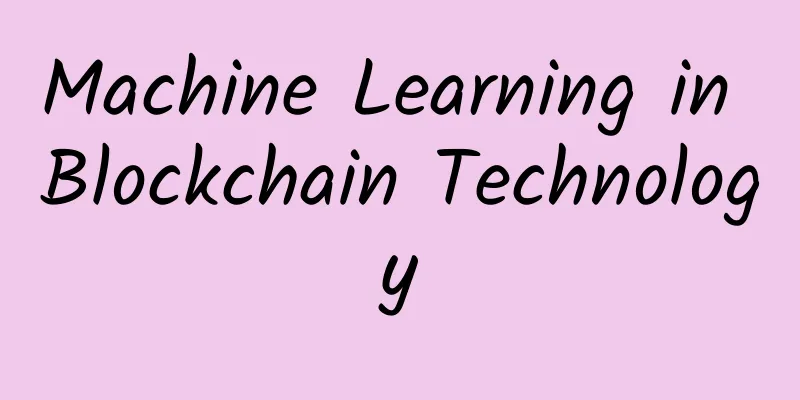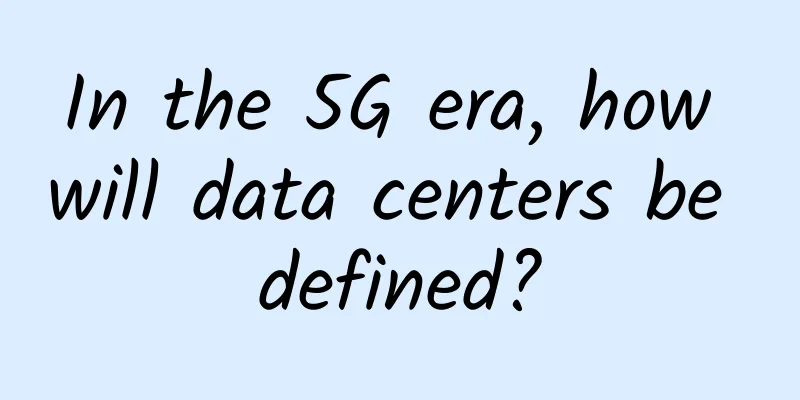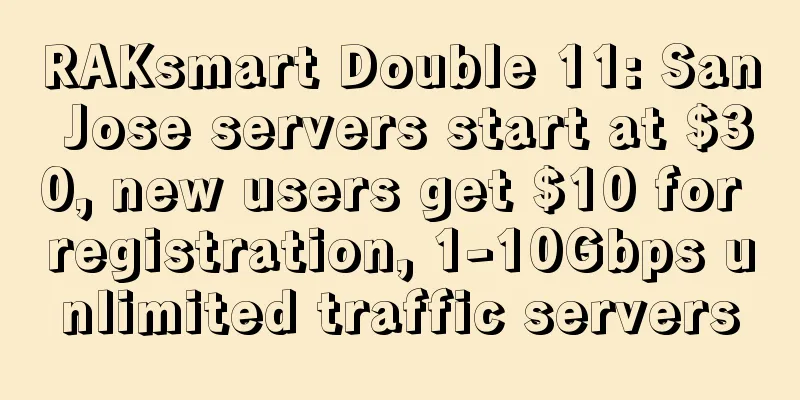Machine Learning in Blockchain Technology

|
Modernity brought new and groundbreaking things that could change the world. Real-world problems cannot be solved by applying simple, traditional algorithms and approaches, so software creators must use new techniques. Machine learning is one of these solutions. While the foundations of machine learning in the traditional sense date back to the late 1940s, the technology itself has only recently taken off, thanks to the rapid growth in available computing power for training systems. When it comes to intelligent market analysis systems, the use of machine learning tools can eliminate many of the disadvantages of traditional methods. The Cryptics platform actively uses machine learning methods to create systems for analyzing crypto markets and algorithmic trading. This allows it to improve the reliability of data obtained from system operations, thereby reducing risks and saving investors' funds. Below we try to explain to the reader in simple language the essence of the most interesting machine learning methods and examples of applying these solutions in practice. 1. Statistical Analysis of Time Series Using Neural Networks When analyzing cryptocurrency trading information, there are two types of data that must be processed by the analysis system. The first type is the raw data obtained directly through the transaction API. This data usually consists of numerical values and can be analyzed mathematically and statistically. They usually have an orderly structure. But there is also some information for which the criteria for selection are not clearly defined, for example, information from different sources, such as rating agencies, social networks, information about the level of investor interest in a particular product, etc. Generally speaking, in order to obtain the desired results, the entire set of data must be analyzed and regularities must be identified. To achieve this goal, the Cryptics system uses statistical analysis techniques of time series in conjunction with machine learning algorithms. In extremely simple words, the algorithm will assign specific objects to each type of data, which can be represented by a set of parameters that describe their state. The connected set of all objects is analyzed by the neural network using the Kohonen map method. This allows the algorithm to solve the problem of finding similar objects and grouping them. 2. Capital Asset Pricing Model and Risk Assessment The Capital Asset Pricing Model (CAPM) is a model used to estimate the profitability of financial assets. The essence of this model is to assume the existence of a highly liquid market for an asset, for example, a cryptocurrency, and to conclude that the required amount of profit is not entirely determined by the level of risk characteristics of the specific asset at hand, as much as the amount of profit for cryptocurrencies as a whole is determined by the general risk characteristics. Using this model, combined with machine learning methods, Cryptics is able to analyze the profitability and risk of a specific crypto activity in real time with a high enough accuracy. 3. Ensemble Learners The basis for using ensemble learners is the idea of learning several basic objects from the same data sample and using the union of the results from different objects to predict the encryption mechanism for subsequent changes. The mathematical basis for this method is the jury trial theorem formulated in the early eighteenth century. According to this theorem, the decision made by the majority of participants after analysis is most likely to be correct. This allows the network to analyze market indicators that have little impact on exchange rate changes and develop a solution based on these indicators so that the error in the total data sample will be smaller than the error generated by applying each indicator separately. 4. Q-learning Q-learning, or reinforcement learning, is able to improve the performance of a neural network using feedback. Based on the results of the algorithm, a utility function is formed. Regarding the results of this function, the algorithm receives data about past experience, which makes it possible to exclude the deliberate loss of certain details of the development of events. Of course, this is just the tip of the machine learning iceberg, and it is impossible to summarize the entire Cryptos subsystem and the technical methods used in the framework in this article. Each broad topic and description with specific tools, formulas, and calculations requires a lot of space to explain. Using machine learning tools enables our products to significantly improve the working performance of their algorithms, which has a positive impact on the efficiency of the entire system. |
<<: AI World: Eight AI trends to watch in 2018
>>: How to integrate data protection in the data center
Recommend
ZJI newly launched Hong Kong cluster server, 4C segment 238 IP monthly payment starts from 1400 yuan
This month, ZJI launched a new server cluster in ...
Security Theory: Learn how to respond to cyber terrorism
[51CTO.com Quick Translation] There has been a lo...
Friendhosting Halloween 30% off, 13 data center VPS monthly payment from 2.1 euros
Friendhosting has launched this year's Hallow...
Huawei: 5G+AI opens a new era of smart city twins
On November 15, the "Huawei Smart City Summi...
The latest report on the value of the French 5G market: 100% 5G network is expected to be achieved by 2030
According to foreign media reports, in December 2...
What happens if Keep-Alive is disabled on the client and enabled on the server?
This article is reprinted from the WeChat public ...
Global IoT application revenue is growing, but the company is in urgent need of finding a platform
Enterprises and public sectors around the world a...
SAP HANA Express Edition for Developers Launched on Huawei Cloud
On September 5, during HUAWEI CONNECT 2017, Huawe...
5G is here, will the true Internet of Everything start with the eSIM card?
[[264407]] After experiencing SIM card cutting, m...
Breaking the “lack of core and soul”, my country successfully developed 5G millimeter wave chips
According to Science and Technology Daily, on Jun...
In 6 years, the staff has gone from novices to experts. The informatization of the China National Museum of Ethnic Minorities is so trendy!
[51CTO.com original article] Whenever people ment...
Tell us about your understanding of the "three-way handshake" and "four-way wave"
Reference answer: We all know that TCP is connect...
Saving 5G, starting with removing the pull-down 5G switch?
Recently, many users have found that the 5G signa...
What does 5G bring to the Internet of Things today and tomorrow?
The Internet of Things is already booming, and we...
Scientists convert Wi-Fi signals into electricity to charge devices
Wireless charging, which we often refer to, gener...




![[Sharing] Project Practice of Network Automation: Scenarios, Tools and Solutions](/upload/images/67eba49a0bb8a.webp)




